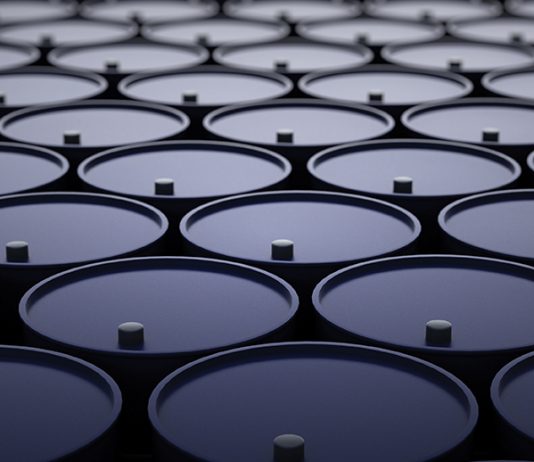
In December, American scientists announced a breakthrough in the race to achieve nuclear fusion. Physicists have long been chasing nuclear fusion as it offers the potential for almost limitless clean energy. This can provide a possible way to effectively transition away from the global reliance on fossil fuels. But in the weeks following the development, experts quickly pointed out that we are likely still a long way off from making nuclear fusion a reality.
What is Nuclear Fusion?
According to the International Energy Agency definition,
Nuclear fusion is the process by which two light atomic nuclei combine to form a single heavier one while releasing massive amounts of energy. Fusion reactions take place in a state of matter called plasma—a hot, charged gas made of positive ions and free-moving electrons with unique properties distinct from solids, liquids, or gases…nuclei need to collide with each other at extremely high temperatures – around ten million degrees Celsius. When the nuclei come within a very close range of each other, the attractive nuclear force between them will outweigh the electrical repulsion and allow them to fuse. For this to happen, the nuclei must be confined within a small space to increase the chances of collision.
This process occurs naturally in the sun and other stars.
What Developments Have Been Made In Nuclear Fusion?
Researchers have been working hard over the past decades to achieve nuclear fusion. This process could generate four times more energy per kilogram of fuel than nuclear fission—the opposite process, currently used in plants. It would produce almost four million times as much energy as burning oil or coal. In addition, nuclear fusion would produce far less radioactive waste than fission. Waste has been a major deterrent to developing nuclear energy operations in several countries worldwide.
A group of scientists announced in December that they were able to overcome a major hurdle in the achievement of nuclear fusion. They produced a greater level of energy from a fusion experience than was put in. The event took place at the National Ignition Facility (NIF) at the Lawrence Livermore National Laboratory (LLNL) in California. The Director of LLNL, Dr. Kim Budil, stated: “This is a historic achievement…over the past 60 years thousands of people have contributed to this endeavor and it took real vision to get us here.”
The NIF experiment involved putting a minuscule amount of hydrogen into a capsule the size of a peppercorn and blasting it with a 192-beam laser to heat and compress the fuel. Then, the laser heats the capsule to around 100 million degrees Celsius. This compresses the capsule to over 100 billion times that of Earth’s atmosphere. Then, the capsule implodes on itself, meaning that hydrogen atoms can fuse and release energy. The energy input totaled 2.05 megajoules to achieve an output of 3.15 megajoules of fusion energy output.
What Was the Outcome of the Experiment?
The energy created in the experiment is minuscule. However, getting more energy out than was put in marks a major advancement in the field. To get to this point, billions of dollars were pumped into the experiment, which will need to be repeated and perfected before any further advances can be made. This is a slow and laborious process, but the potential payout – abundant clean energy – is huge.
Yet, researchers must overcome a host of barriers to get anywhere near commercial-scale nuclear fusion. While the NIF lasers fire once per day, a nuclear power plant would require targets to be heated around 10 times a second. Also, the price of these targets is extremely high. Each target in the experiment costs tens of thousands of dollars. This cost needs to be reduced dramatically, to around 10 cents a target, for it to be economically viable. Further, scientists must work out how to get the energy out in the form of heat.
Dr. Budil’s Commentary On the Experiment
Dr. Budil believes that with the necessary level of funding, a “few decades of research could put us in a position to build a power plant.” She suggested that a power plant using an alternative technology used at the Joint European Torus (JET) in Oxfordshire could be possible even sooner. But experts have been quick to respond to these claims. Justin Wark, Director of the Oxford Centre for High Energy Density Science, explained “I understand that everyone wants to think of this as being the great solution to the energy crisis. It is not, and whoever says it is with any certainty is misleading.” He added, “It is highly unlikely that fusion will impact on a timescale sufficiently short to impact our current climate change crisis. So there must be no let up on our efforts in that regard.”
In Conclusion
The recent breakthrough in nuclear fusion provides a hugely optimistic step towards achieving abundant clean energy and offering a possible move away from polluting fossil fuels. However, it will likely take decades of more research and experiments, as well as huge levels of investment, to advance this achievement to anywhere near the commercial scale.

Felicity Bradstock is a freelance writer specializing in Energy and Industry. She has a Master’s in International Development from the University of Birmingham, UK, and is now based in Mexico City.
















